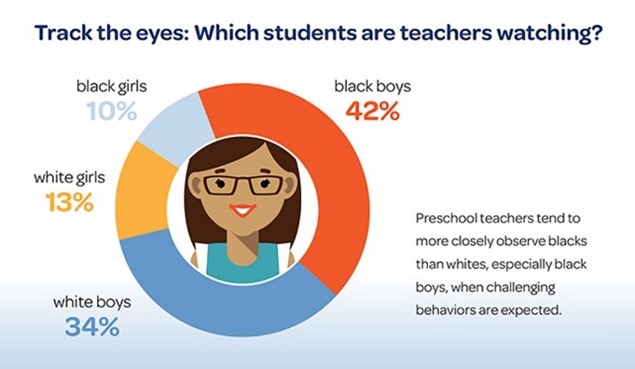Implicit Bias in Early Childhood
References:
Barnum, Matt. (2016, October 5). The Yale Study on Pre-K Teachers and Bias Didn’t Find What You Think It Found. The 74. https://www.the74million.org/article/the-yale-study-on-pre-k-teachers-and-bias-didnt-find-what-you-think-it-found/
Brazelton Touchpoints Center. (2021, March 18). Disrupting Implicit Bias in Early Childhood Programs [Video]. YouTube. https://youtu.be/7VuytIxlA1s
Williams, Sherri B. (2017). Understanding Implicit Bias and Its Effects on Early Childhood Settings. Frank Porter Graham Child Development Institute. https://fpg.unc.edu/publications/understanding-implicit-bias-and-its-effects-early-childhood-settings
W.K. Kellogg Foundation. (2019, March 31). Implicit Bias Makes its Way into the Classroom. Every Child Thrives. https://everychildthrives.com/implicit-bias-makes-its-way-into-the-classroom/


